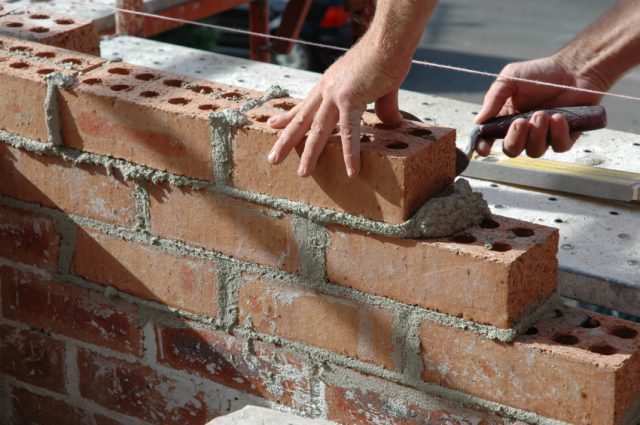Architects Still Reporting Lack of Brick Supply
Architects are still having problems getting enough bricks for projects, despite the industry pushing for production growth.
Last summer, the lack of brick supply hit the news as some products had 60-week lead-in times. Research has indicated that the import of foreign bricks has more than doubled since.
The Brick Development Association (BDA) has discovered there was a 17% rise in production during 2014 and a 5% increase in the first quarter (Q1) of 2015.
However, architects are finding that there is still a shortage of bricks. Businesses are organising projects around lead-in times, availability and even other construction materials.
Head of Sustainable Design at Pollard Thomas Edwards, Tom Dollard, says that the practice is typically reporting a worse situation than last year, but bricks are still a strong cladding solution.
He says: “We are having to be more creative in terms of the construction techniques. More contractors are looking at structural insulated panels and timber frame as an alternative to traditional brick and block.”1
Director at Ollier Smurthwaite, Matt Ollier, is also having difficulties, with most bricks being used from mainland Europe: “Our starting point now, when looking to specify bricks, is to ask which bricks are available on short lead-in times.
“UK bricks are still a minimum of 20 weeks lead-in. Things don’t appear to be as bad as they were, however, last year we were given a waiting time of 44 weeks.”1
Project Orange associate, Barry Stirland, says that black and white brick façades used in one of its projects – a 216-property development in East London – has been specified to take brickwork “off the critical path altogether.”
He explains: “The building can be made watertight before a brick is laid. Brick samples were submitted to the planners well in advance of commencement on site and their timely approval has allowed the main contractor to place their order in line with the construction programme.”1
Director of 5plus Architects, David King-Smith, has not experienced any availability changes, but is being more selective in specifications: “Shortages in effect seem less of an issue simply because we have adapted to the market really.
“I don’t see a particular problem with the current position and I no longer see it as unique versus any other lead-in periods in the industry in general.”1
King-Smith says that some clients are asking the practice not to use brickwork generally, but this is equally due to a shortage of skilled labourers.
Chief Executive of the BDA, Simon Hay, says that the industry has responded well to the shortages of 2014 and has also made huge capital investments to keep up with demand.
He notes: “The provisional stock levels at the end of Q1 2015 stood at 415m, this is the highest figure of stocks since Q1 2013. At the end of Q1 2014, production was only 389m.
“Production now is 464m in Q1 2015, therefore, stocks are rising in parallel with production, but it still takes time to replenish all brick types as the industry makes over 1,200 bricks in the UK. Contractors may always have to order ahead for the most popular bricks.”1
Economics Director at the Construction Products Association, Noble Francis, reports that although production rose by 17% in 2014, deliveries only increased by 4%. However, imports grew by 117% compared with 2013.
He says that the market is back to pre-recession levels: “In 2008-09, house builders were able to order days in advance due to the sharp fall in house building leading to rises in brick stocks despite falls in capacity.
“Over the past two years, house building has risen considerably and, as a consequence, house builders are being asked to plan in advance once again. In addition, prices have risen due to the rise in demand. That is not a brick shortage, that is a natural consequence of demand.”1




